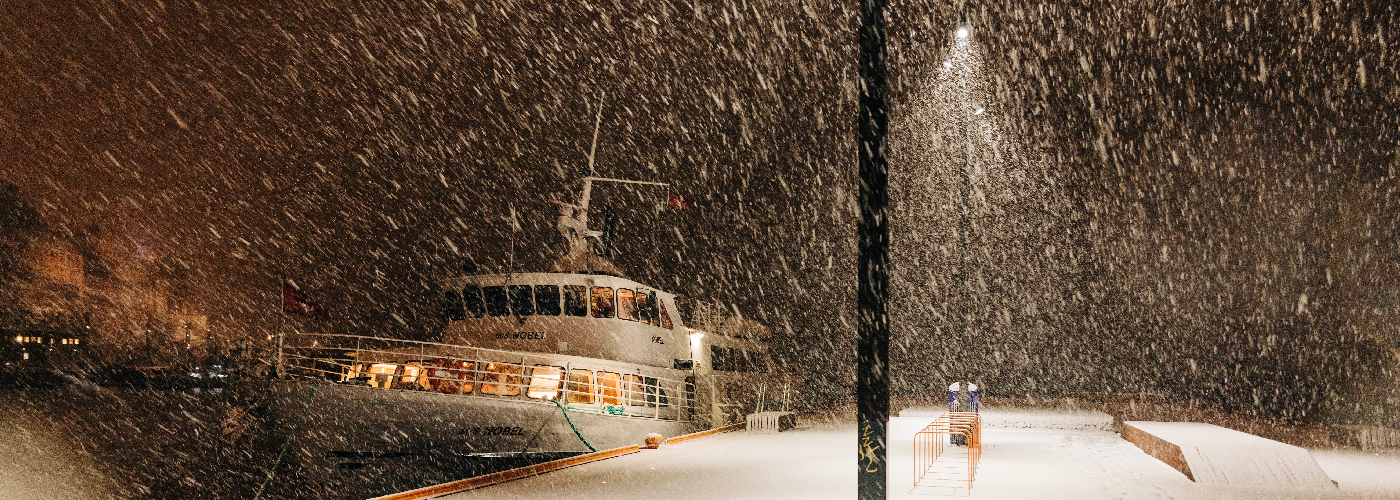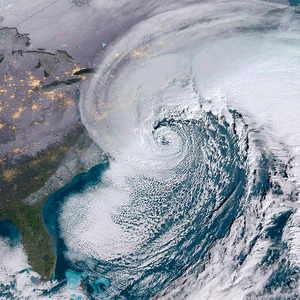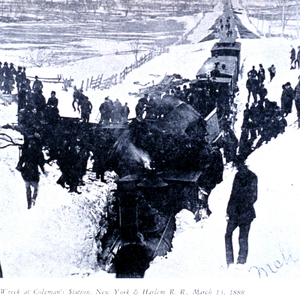

Over the next century as global temperatures continue to trend warmer, what do these warmer temperatures entail for future snowfall in the decades to come? According to computer modeling from the National Center for Atmospheric Research, the answer is more complex than simply less snowfall. Looking at the Northeastern United States, in particular, while the snowfall on average is expected to decrease by the latter part of this century, the frequency of major nor'easter-type snowstorms, which occur once per decade to a few times per century, is projected to stay relatively the same.
The computer modeling, using the Community Earth System Model (CESM), was able to account for the warming climate in the future while running multiple weather scenarios to simulate the variability in natural weather patterns. Importantly, atmospheric scientist Colin Zarzycki applied an algorithm to the computer simulations to automatically count the number of snowstorms. In the final tally, the number of moderate nor'easters, ones that currently occur every one to two years, become almost two times as rare by the latter decades of the 21st century. However, the frequency of storms like the Superstorm of 1993 remain largely unchanged.
The reasons that these major nor'easters remain nearly as frequent by late-century have to deal with: the warming of ocean water that fuels these coastal storms, the ability of the atmosphere to hold more water vapor, and the increased energy in an overall warmer atmosphere that can strengthen these storms when the correct conditions align. So don't count on global warming to erase the hazards of blizzards and nor'easters in the future. The historic ones of decades past look to remain just as impactful in the future.






